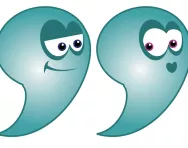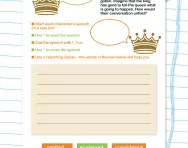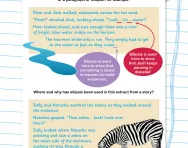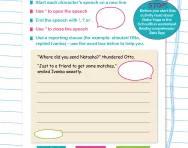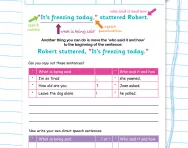Important update from TheSchoolRun
For the past 13 years, TheSchoolRun has been run by a small team of mums working from home, dedicated to providing quality educational resources to primary school parents. Unfortunately, rising supplier costs and falling revenue have made it impossible for us to continue operating, and we’ve had to make the difficult decision to close. The good news: We’ve arranged for another educational provider to take over many of our resources. These will be hosted on a new portal, where the content will be updated and expanded to support your child’s learning.
What this means for subscribers:
- Your subscription is still active, and for now, you can keep using the website as normal — just log in with your usual details to access all our articles and resources*.
- In a few months, all resources will move to the new portal. You’ll continue to have access there until your subscription ends. We’ll send you full details nearer the time.
- As a thank you for your support, we’ll also be sending you 16 primary school eBooks (worth £108.84) to download and keep.
A few changes to be aware of:
- The Learning Journey weekly email has ended, but your child’s plan will still be updated on your dashboard each Monday. Just log in to see the recommended worksheets.
- The 11+ weekly emails have now ended. We sent you all the remaining emails in the series at the end of March — please check your inbox (and spam folder) if you haven’t seen them. You can also follow the full programme here: 11+ Learning Journey.
If you have any questions, please contact us at [email protected]. Thank you for being part of our journey it’s been a privilege to support your family’s learning.
*If you need to reset your password, it will still work as usual. Please check your spam folder if the reset email doesn’t appear in your inbox.
What are speech marks?
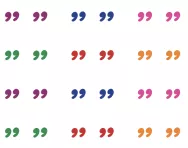
What are speech marks?
Inverted commas (also known as speech marks and quotation marks) are punctuation marks that show us where direct speech starts and ends.
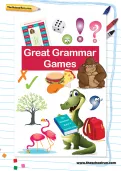
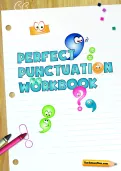
Download Fantastic FREE Grammar Resources!
- Perfect Punctuation Workbook
- Grammar Games Pack
- PLUS 100s of other grammar resources
Speech marks are not used if we are writing indirect (reported) speech.


How are speech marks used?
Speech marks or inverted commas are used to show what the words actually spoken by a person or character are. Direct speech is separated from a reporting clause by a comma. For example:

As demonstrated in the example, the words spoken directly (Although I wish they wouldn't my children fight all the time) are marked by speech marks. The words spoken have also been separated by a reporting clause (she sighed).
When two or more people are having a conversation, a new line for each speaker is used, as this clarifies who is speaking. For example:

How are speech marks taught in the primary classroom?
When speech marks are first introduced in Year 3, there is a lot of use of drama and reading class texts aloud. Children will identify direct speech within texts they are reading as a class.
In Year 4 there is more focus on multiple speakers.
In Years 5 and 6, children will be taught and expected to use the correct punctuation for speech, with multiple speakers and reporting clauses breaking up the direct speech.
When are speech marks taught in the primary-school classroom?
Inverted commas are first taught in Lower Key Stage 2, in Year 3. As punctuating direct speech is a fundamental primary-school writing objective, the use of speech marks will be reinforced in every subsequent year group.
In Year 3, teachers will focus more on simply punctuating the spoken words with inverted commas to indicate the specific words that have been spoken. In Year 4, this progresses onto using commas to separate the reported clause from the direct speech, and then using other forms of punctuation other than full stops within the inverted commas. For example:

In Years 3 and 4, children learn that the reporting clause can be positioned before or after the direct speech in the sentence.

During the SATs Spelling, Grammar and Punctuation test taken at the end of Year 6, children are also likely to be asked a question about inverted commas and/or the correct punctuation needed to show speech. For example:

By the end of Year 6, when a child’s writing is assessed, they will be expected to use speech to move the action in their stories forward and to punctuate correctly.

